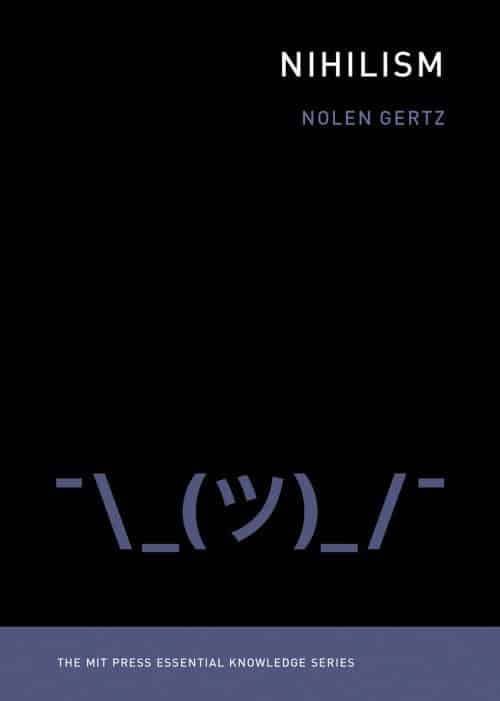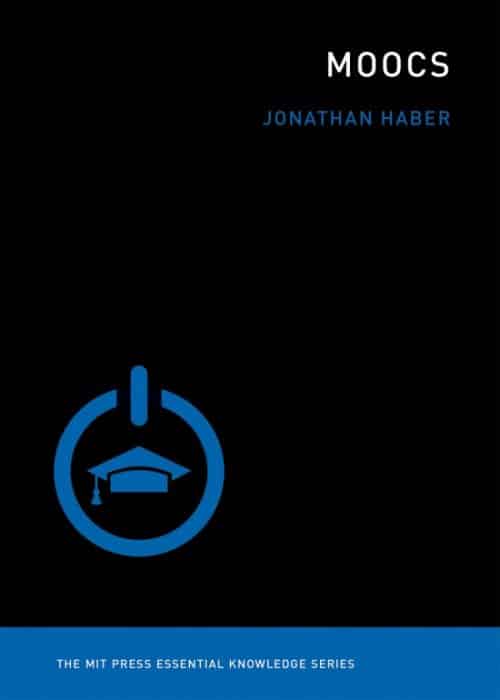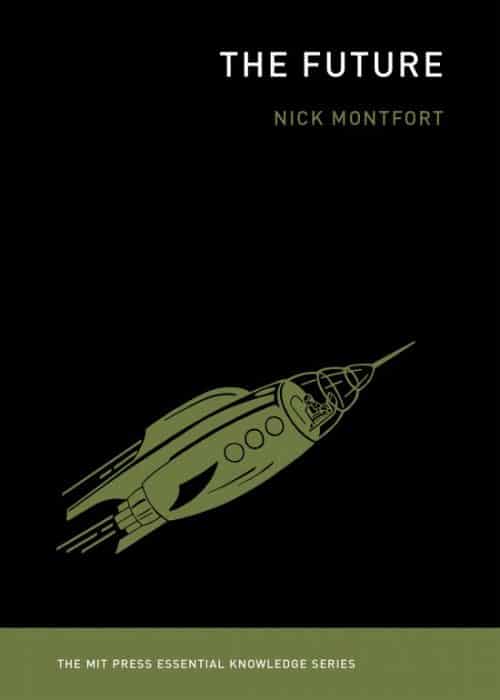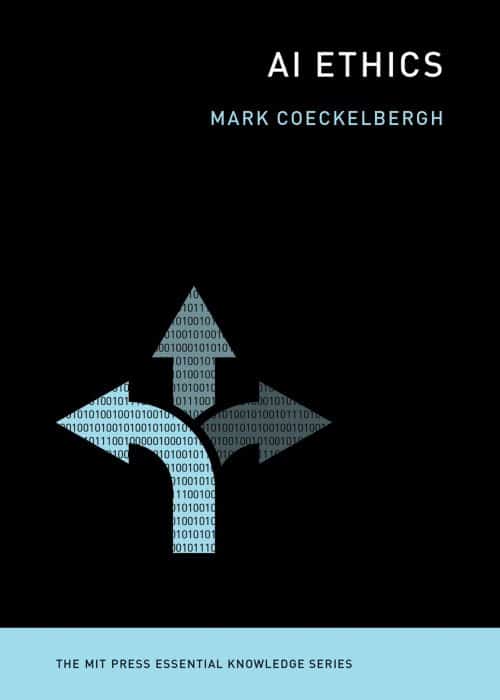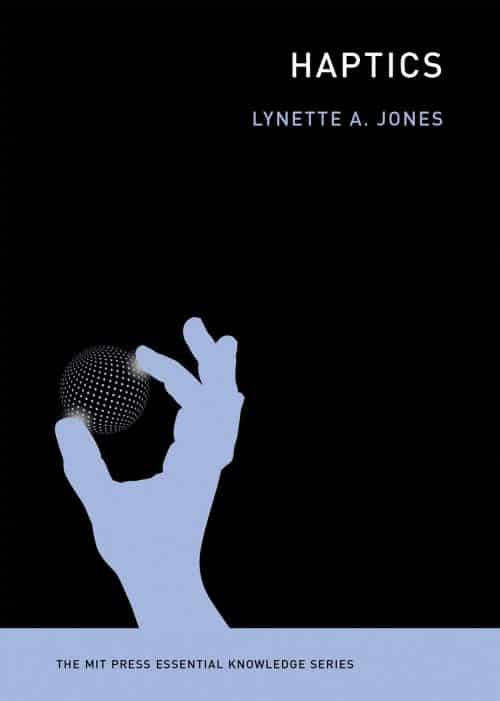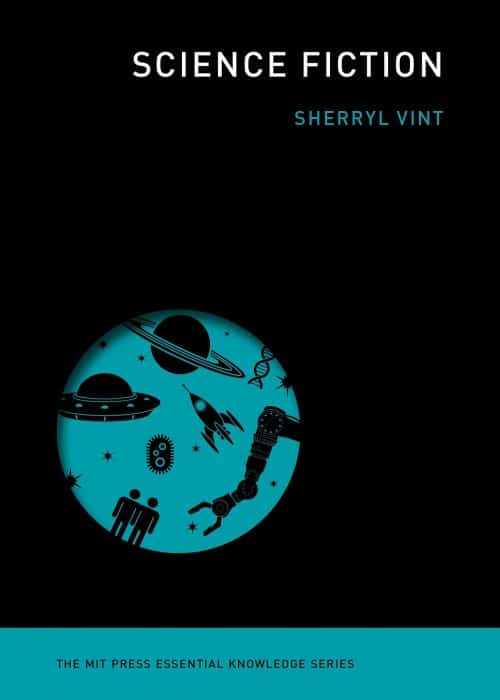A succinct, nontechnical summary of the evolution of machine translation, including the various methodologies, problems with evaluation, and key companies in the market.
Long before Douglas Adams’ fictitious Babel fish in The Hitchhiker’s Guide to the Galaxy offered this service, there was a desire for a global translator. Since the invention of computers, research has concentrated on developing digital machine translation tools or computer programs that can translate text mechanically from one language to another. One of the artificial intelligence’s most essential tasks is now this. This volume of the MIT Press Essential Knowledge series provides a brief, nontechnical summary of the evolution of machine translation—including the many methodologies, evaluation problems, and market potential. The primary methods are presented intuitively and primarily historically, enabling the reader to comprehend the fundamental ideas without being familiar with the specifics of the mathematics.
The book’s first section discusses challenges that must be overcome while creating a machine translation system and provides a quick history of the field’s growth. The history of machine translation is then covered in more detail, including its pre-digital origins, rule-based approaches, the ALPAC report from 1966 and its repercussions, the emergence of parallel corpora, the example-based paradigm, the statistical paradigm, the segment-based approach, the addition of more linguistic knowledge to the systems, and the most recent deep learning-based approaches. The field’s commercial situation is also taken into account, along with the involvement of such significant firms as Google and Systran, as well as evaluating issues.




